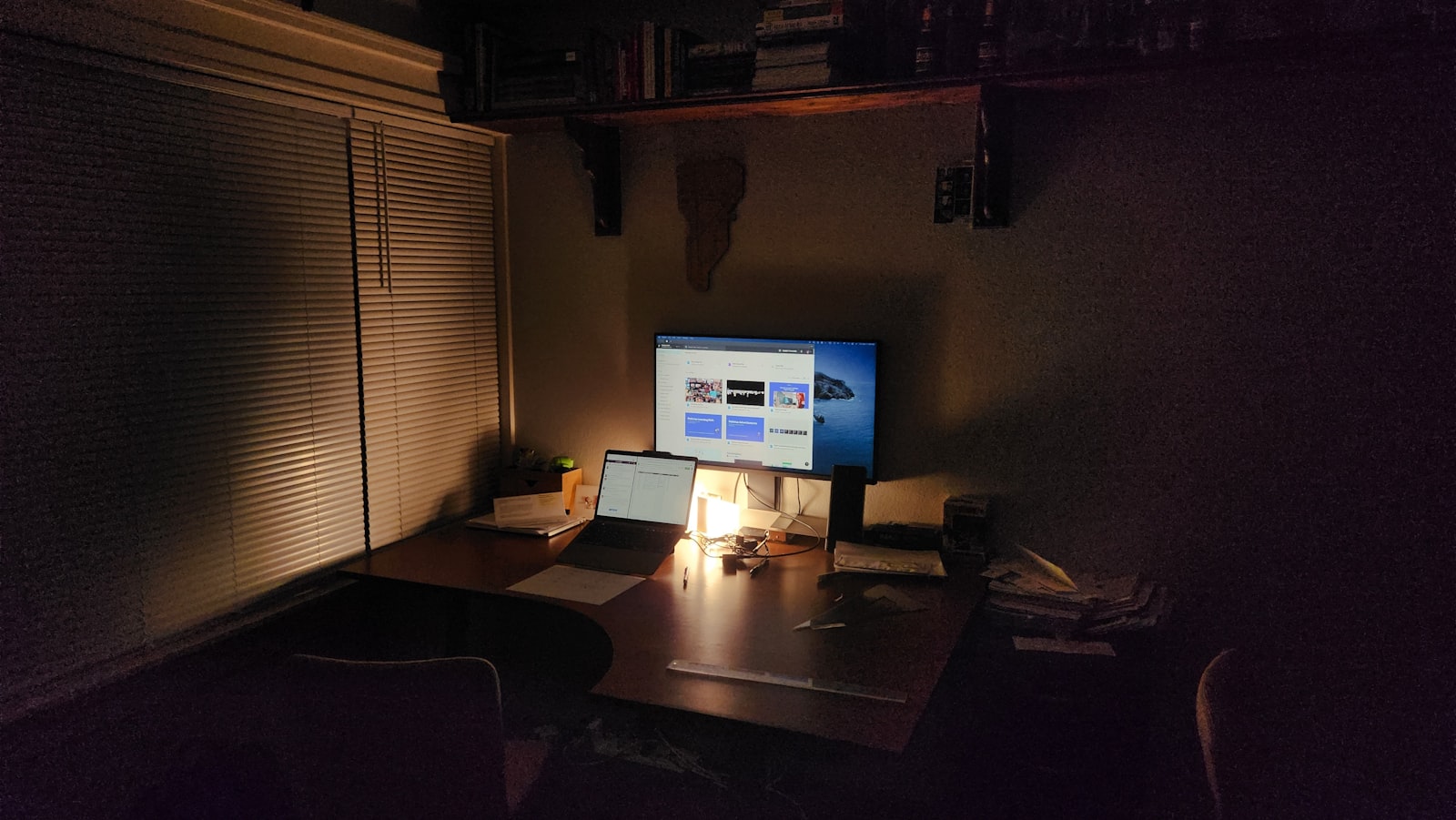
How to Study for Exams When You're Short on Time
A calm, tactical framework for last‑minute or compressed exam prep—prioritization, AI-assisted flashcards, active recall loops, and damage control without panic.
TL;DR
A calm, tactical framework for last‑minute or compressed exam prep—prioritization, AI-assisted flashcards, active recall loops, and damage control without panic.
Table of Contents
Need help turning messy notes into clean flashcards?
MemoForge pulls highlights, structures prompts, and exports straight to Anki so your study time stays focused on recall.
How to Study for Exams When You're Short on Time
Clock’s ticking. Material feels sprawling. You’re not starting from zero—but it’s not under control. Here’s a triage system that salvages points, reduces cognitive thrash, and maybe even leaves you oddly calm.
Core Philosophy (Keep Repeating This)
You cannot master everything now. You can:
- Stabilize high‑yield anchors (core mechanisms, formulas, statutory elements)
- Eliminate dead zones (previously untouched chapters)
- Build fast recall pathways for likely questions
- Avoid time sinks (rewriting notes, passive rereads)
Perfection is off the table; strategic sufficiency is the win condition.
1. Rapid Scope Mapping (30–45 min)
Goal: Convert vague overwhelm into a concrete checklist.
Steps:
- List chapters / units / modules
- Mark each: green (solid), yellow (fragile), red (untouched)
- Skim syllabus + past exams for recurring patterns
- Star 20% of topics that drive ~60% of points (laws of distribution show up in curricula too)
Output: A triage map guiding everything else.
2. Condense Source Material (60 min batch)
For each red/yellow topic: generate structured summaries.
Use AI carefully:
- Paste cleaned text → request: “Key terms, core processes, 3 likely exam angles.”
- Spot‑check terminologies (don’t cement hallucinations)
- Keep compression under 150 words per subtopic
Result: Lean scaffolds you can convert to flashcards.
3. Flashcard Sprint (Focused Generation)
Pipeline:
- Feed condensed chunks into MemoForge
- Generate candidate cards (definitions, contrasts, sequences, application mini‑scenarios)
- Prune duplicates; delete trivia
- Tag by topic + priority (e.g., renal-high, contracts-core)
Aim: 30–50 meaningful new cards per critical block. Quality beats volume.
4. Micro Review Cycles (Daily Cadence)
Structure sessions (~25–35 min blocks):
- 5 min: New high‑yield cards (actively recall aloud)
- 15–20 min: Review queue (spaced repetition system pacing)
- 5 min: Rewrite leeches / clarify ambiguous items
Short on time? Chain two of these blocks morning + evening. Distributed > marathon.
5. Layer Application Early
After first exposure, immediately add scenario cards:
- "Given lab values X, Y, Z—most likely diagnosis?"
- "Client asserts ___; which doctrine applies?"
- "If variable input increases, what shifts first in the algorithm?"
Application cements structural understanding and prevents brittle memorization.
6. Patch Red Zones (Don't Ignore Them Entirely)
Strategy: Convert red → yellow, not red → green. Minimum viable coverage:
- 5–8 anchor cards per neglected chapter
- One scenario prompt
- One contrast card vs adjacent topic
This prevents catastrophic blank sections on the exam.
7. Daily Retrospective (5 min Nightly)
Prompt yourself or AI:
- What felt shaky today?
- Which 3 cards failed repeatedly?
- Any topic drifted from high to medium urgency?
Adjust tomorrow’s deck additions accordingly.
8. Energy Management (Hidden Multiplier)
- Frontload cognitively heavy recall earlier in the day
- Use brief walks / stretching between blocks (oxygen helps retention)
- Caffeine timing: avoid giant late spikes that sabotage sleep consolidation
- Sleep: non‑negotiable—skipping collapses memory encoding efficiency
9. Exam Week Schedule (Sample)
| Day | Morning | Midday | Evening |
|---|---|---|---|
| Mon | Map + summarize | Flashcard sprint | Review + patch reds |
| Tue | New cards + review | Scenario layer | Light review + rewrite leeches |
| Wed | High-yield review | Timed mini-quiz | Consolidation pass |
| Thu | New + mature mix | Application drills | Focus weak zones |
| Fri | Warm recall | Simulated section | Early stop + rest |
| Sat | Light spaced review | Active retrieval bursts | Sleep priority |
| Sun | Quick scan tags:high | No cramming | Mental reset |
10. Last 24 Hours Protocol
Do:
- Light active recall
- Scenario refresh
- Sleep decent hours
Skip:
- Learning brand-new huge chapters
- Massive rehearsal of already-stable cards
- Panic setting changes in Anki
Quick Troubleshooting
| Problem | Why | Fix |
|---|---|---|
| Drowning in new cards | Generated too many at once | Cap generation batches |
| Still vague on core mechanism | Skipped initial comprehension | Read compressed summary first |
| High fail rate cluster | Multi-concept cards | Split & rewrite |
| Ignoring red topics | Avoidance loop | Minimum viable anchor set |
| Burnout signs | Zero breaks + dehydration | Micro-rest + water + sleep |
Light Digression: Stress vs Performance
Mild urgency sharpens recall; panic fragments it. Your workflow is a stress throttle. Structured pipeline reduces cognitive noise so effort maps to points.
Final Thought
Time scarcity narrows margin for sloppy habits. A clear triage map + AI‑assisted compression + deliberate, spaced retrieval loops salvage the most points per minute. Ship imperfect cards fast. Review them. Refine. Walk into the exam with practiced recall pathways—not a vague swirl of chapters.
Need to accelerate the flashcard stage? Drop a cleaned topic slice into MemoForge and let it scaffold the first draft.
Related Articles

10 Ways AI Can Boost Your Study Productivity (Without Making You Dependent)
Practical, grounded ways students can use AI—planning, flashcards, memory cues, spaced review, synthesis—while keeping agency and critical thinking intact.

How to Use Anki: Step-by-Step Beginner Guide (2025)
Install Anki, build your first deck, choose the right settings, and set a daily review routine with AI tips to stay consistent.

From Notes to Mastery: How to Turn Class Notes into Effective Flashcards
A step‑by‑step, student‑friendly system for converting messy lecture notes into clear, memorable flashcards—manual and AI‑assisted—without spending all night formatting.